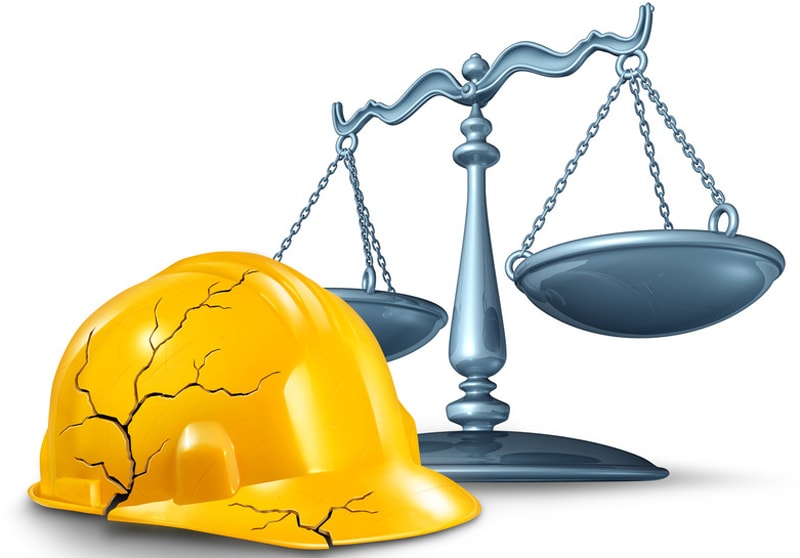Personal injury cases that hinge on medical records review are governed by the Statutes of Limitations (SOL) or restrictions regarding how long plaintiffs can wait before filing a lawsuit after an alleged wrong/negligence. The SOL varies with different states and the particular cause of action, and aims to assure that claims are pursued in a timely manner. The defendant has to prove that the claim is barred by the SOL.
The Discovery Rule and Its Implications
When does the SOL start running? According to the traditional time of Injury rule, the SOL begins when the plaintiff first experiences the harm or injury. In NFL litigation that we are talking about in this blog, it would commence when the player incurred the concussion. However, with the increase in the number of toxic tort and asbestos cases, U.S. courts found it was necessary to allow flexibility for latent, menacing diseases that did not display any symptoms until much later. This gave rise to the discovery rule. This rule delays or “tolls” the commencement of SOL from the point of injury to the point when it was discovered or reasonably should have been discovered. This rule works in the plaintiffs’ favor in that they can bring a claim for an injury or disease which originates from something that happened many years ago but started manifesting symptoms only recently. The discovery rule is used widely in asbestos litigation because exposure to asbestos can take more than a decade to display symptoms of mesothelioma. The discovery rule prevents the negligent party from escaping liability either actively or passively.
In NFL concussion lawsuits also, the discovery rule has a significant role to play because
- It allows players to file claims for injuries first sustained many years ago. Players who sustained concussions over a long period of time, found symptoms appearing gradually or much later than the actual trauma. Often, in traumatic brain injuries, it is difficult to identify a specific injury or a particular moment in time when the traumatic event occurred.
- A plaintiff’s ignorance is typically not a legitimate reason to “toll” the SOL. His illness must be of such nature that he could not have logically known he was injured until the time of discovery. A central argument of injured players is that the NFL’s negligence and failure to educate them regarding the harms and symptoms of traumatic brain injury prevented them from discovering their illness until much later. There is no way the players “should have known” they were suffering from the disease until the NFL revealed the connection between concussions and long-term brain injury when they began their educational efforts in the year 2009.
Now let us look at some history. Over the last few years, there have been a large number of lawsuits related to concussion injuries allegedly suffered by athletes who participated in contact sports. The injuries in many cases occurred many years and even decades before the suit was filed. Many of these cases have been settled, some dismissed or litigated to verdict, but the majority of these cases are still being litigated in district and appellate courts at both state and federal levels. The major consideration now in the wake of these lawsuits is whether the statute of limitations on personal injury claims in negligence and fraud should be tolled when the symptoms of a degenerative brain disease resulting from a traumatic brain injury do not manifest themselves or become apparent or known until many years after the injury occurred.
The Steven Schmitz Case
Schmitz v. NCAA and University of Notre Dame du Lac in Ohio is one such significant case – the first individual collegiate sports concussion case – to reach the Ohio Supreme Court. Steven Schmitz, a running back and receiver for the University of Notre Dame football team from 1974 to 1978 and his wife filed a five-count complaint alleging negligence, fraudulent concealment, constructive fraud, breach of contract, and loss of consortium against the NCAA and Notre Dame. Their allegations are:
- Though the NCAA and Notre Dame had superior knowledge of the risk of chronic traumatic encephalopathy (CTE) and owed a special duty of care to Schmitz as a student athlete, they never educated him about the concussion symptoms or the risks involved in sustaining repeated hits to the head. They also failed to implement the necessary health and safety protocols.
- The repeated hits Schmitz suffered led to a CTE diagnosis in December 2012, many decades after his football career had ended. At fifty seven, he suffered from early onset Alzheimer’s disease, memory loss, traumatic encephalopathy, and dementia.
- It was not until 2012 diagnosis that they became aware that he had an action for the “latent injury” he sustained while playing football.
Schmitz passed away on February 13, 2015. His estate was substituted as plaintiff with his wife Yvette acting as the fiduciary. Yvette remained a plaintiff in her individual capacity. The trial court granted the defendant’s motion dismissing Schmitz’s complaint as time-barred.
- The plaintiff appealed, and the Ohio appellate court affirmed the trial court’s dismissal of the contract-based claims maintaining that the discovery rule does not apply to toll the SOL and so the contract claims are barred.
- The appellate court, however, reversed the dismissal of the negligence and fraud-based claims, holding that the discovery rule applies to toll the SOL since CTE is a latent injury, not just a latent effect of an earlier injury.
Hearing at Ohio Supreme Court
On April 11, 2018, the Supreme Court of Ohio heard oral argument in this case. According to Marianna Brown Bettman, who watched the oral argument, “This case will turn on whether the Court, based on the Complaint, finds CTE to be an effect or magnification of concussive injuries Schmitz sustained while playing football, as posited by Notre Dame and the NCAA, or concludes that it is a separate and distinct brain disease. Although counsel for Schmitz, Mr. Langfitt, was adamant that Schmitz had no knowledge of a concussion while playing football, the Justices seemed skeptical, no one more so than the Chief Justice. Even though Schmitz may not have been aware of the specific name or label of the injury, the Chief Justice kept circling back in her questions to how he likely knew something was wrong. Justice DeWine echoed a similar concern, alluding to Schmitz’s possible knowledge of his medical problems he exhibited that precipitated his formal medical diagnosis. While I would love to see the merits of this case fleshed out, I do not believe this Court will save a forty-year old claim. I predict that the Court will reverse the Eighth District and find this case to be time-barred.”
In Conclusion
The Schmitz case is a significant one because as Jenner & Block LLP points out, it deals with questions such as what constitutes a concussion injury such as CTE, and when a concussion claim can/must be brought for purposes of starting a SOL period for negligence claims. It would hit upon the feasibility of fraud claims based on concussion. The decision the Supreme Court takes could close or open the door to claims based on concussions suffered by athletes many years ago. If the Court finds the plaintiff’s negligence and fraud claims to be timely and the case is remanded to the trial court, it will have a major role to play in “defining when and how a player can allege a duty sufficient to survive the pleadings stage.”
Cases such as the above are valuable pointers to practitioners of injury law, and of considerable interest to a medical review company such as ours assisting personal injury lawyers. Observers in the field believe that legislative efforts should be in place also to address prevention of injury. There is no doubt that increased focus on concussion legislation will be encouraging to the sports community overall and the focus on safety will be welcomed by all.
Disclaimer: The content in this blog has been sourced from reliable internet resources and doesn’t constitute the opinions or inferences of Managed Outsource Solutions (MOS). For professional counsel, obtain legal advice from a legal practitioner.




